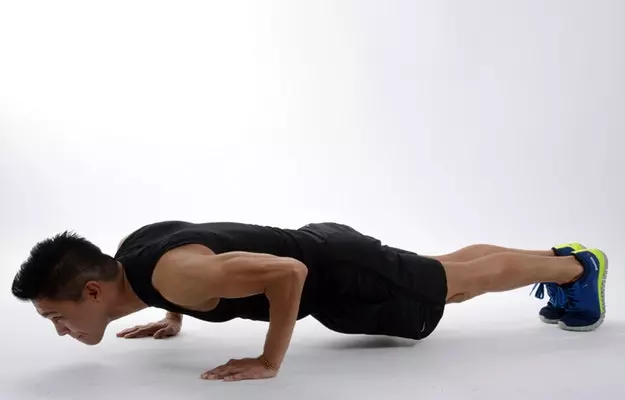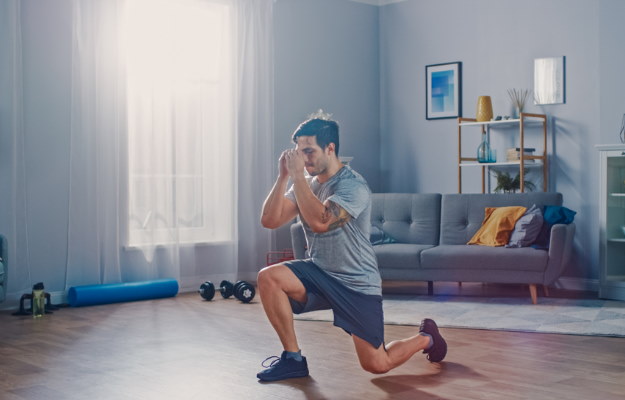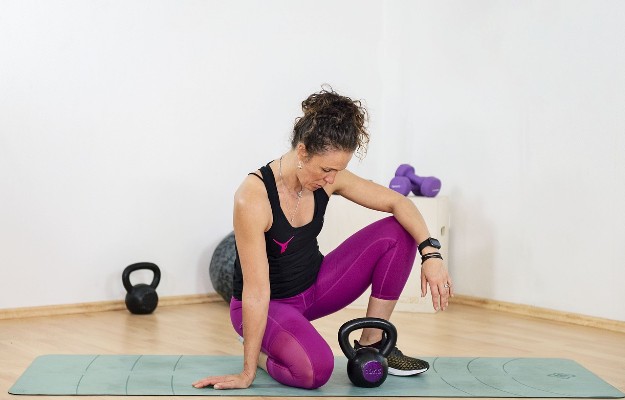As intense and rewarding as weight-training, long-distance running or even spending time on a cross-trainer can be, they can get boring and dreary - especially if you’re only in it to lose weight or to follow a fitness regime.
Of course, some of us may not like going to the gym or playing sports at all. But the beauty of exercise and physical movement is that there is a no "one-size-fits-all" approach to fitness.
Example: a training routine inspired by animal movements. Remember those ancient martial arts based on animal movements that made Jackie Chan's kung-fu movies so enjoyable in the 1970's? You can add them to your daily fitness routine at home, and reap tremendous benefits!
Animal movements have been a constant feature in the world of fitness. (Standing upright gives us the advantage of multi-tasking, but incorporating other movements using all four limbs make for an intense workout, too.) You won't need additional weights or access to a gym to perform these movements.
Benefits of animal movements for exercise include strengthening of muscles and joints, and improved flexibility and balance and greater stamina. Because most of these are compound movements (they include more than one movement and work out multiple parts of the body), they can be very useful to build more muscle and burn more calories.














